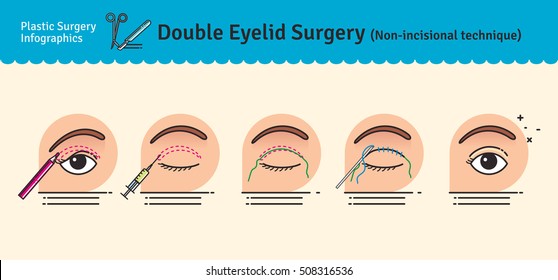If you've been taking into consideration SMILE eye surgery, you may wonder how it compares to LASIK and PRK. Each procedure has its own collection of benefits and considerations. From quicker healing times to potential threats, there are key differences you need to be aware of prior to making a decision. Recognizing these distinctions will certainly assist you make an educated selection that lines up with your specific requirements and assumptions. Interested to know even more regarding how these procedures compare thoroughly? Keep on exploring to obtain r u awake during cataract surgery of SMILE, LASIK, and PRK.
SMILE Eye Surgery Introduction
If you're thinking about SMILE eye surgical treatment, you'll locate it to be a minimally intrusive treatment with a fast recuperation time. During SMILE (Little Cut Lenticule Extraction), a laser is used to create a small, exact cut in the cornea to remove a tiny piece of cells, reshaping it to fix your vision. This varies from LASIK, where a flap is created, and PRK, where the external layer of the cornea is totally eliminated.
Among https://what-does-laser-eye-surge73840.snack-blog.com/27611077/incorporating-traditional-and-natural-medicine-methods-for-dry-eye-monitoring of SMILE is its minimally invasive nature, bring about a faster recovery process and much less discomfort post-surgery. The recovery time for SMILE is relatively quick, with lots of patients experiencing enhanced vision within a day or more. This makes it a prominent choice for those looking for a practical and effective vision modification procedure. In addition, SMILE has actually been shown to have a lower risk of completely dry eye disorder compared to LASIK, making it a beneficial alternative for people worried regarding this potential negative effects.
Differences In Between SMILE, LASIK, and PRK
When contrasting SMILE, LASIK, and PRK eye surgical procedures, it is very important to recognize the distinct methods utilized in each procedure for vision correction.
SMILE (Tiny Cut Lenticule Extraction) is a minimally invasive procedure that entails producing a tiny laceration to draw out a lenticule from the cornea, reshaping it to correct vision.
LASIK (Laser-Assisted In Situ Keratomileusis) entails developing a slim flap on the cornea, utilizing a laser to improve the underlying cells, and after that rearranging the flap.
PRK (Photorefractive Keratectomy) eliminates the external layer of the cornea before improving the cells with a laser.
The primary distinction hinges on the way the cornea is accessed and dealt with. SMILE is flapless, making it a great choice for people with thin corneas or those involved in contact sporting activities. LASIK provides fast visual healing as a result of the flap development, but it might posture a higher threat of flap-related complications. PRK, although having a much longer healing duration, prevents flap-related issues altogether.
Understanding these variations is critical in picking the most appropriate treatment for your vision correction requirements.
Advantages And Disadvantages Contrast
To evaluate the advantages and disadvantages of SMILE, LASIK, and PRK eye surgical treatments, it's important to think about the certain benefits and possible constraints of each treatment. SMILE surgical procedure offers the advantage of a minimally intrusive treatment, with a smaller laceration and potentially quicker healing time contrasted to LASIK and PRK. It also reduces the risk of dry eye post-surgery, an usual side effect of LASIK. Nevertheless, SMILE may have limitations in treating higher degrees of myopia or astigmatism contrasted to LASIK.
LASIK surgical procedure provides quick aesthetic recovery and very little discomfort during the procedure. It's highly reliable in treating a wide range of refractive mistakes, including myopia, hyperopia, and astigmatism. Yet, LASIK lugs a risk of flap problems, which can influence the corneal framework.
PRK eye surgical treatment, while not as prominent as LASIK, avoids developing a corneal flap, decreasing the threat of flap-related complications. It appropriates for patients with slim corneas or irregular corneal surfaces. Nevertheless, PRK has a much longer recovery time and might include extra pain throughout the recovery procedure.
Conclusion
So, when it comes to selecting between SMILE, LASIK, and PRK, consider it like selecting the best set of footwear. SMILE resembles a streamlined, comfortable set of sneakers - quick and simple.
LASIK is more like stylish high heels - flashy and fast, but with some possible dangers.
PRK resembles tough hiking boots - trusted and durable, but needing a little bit more effort and time.
Inevitably, the most effective option depends on your individual demands and choices.
